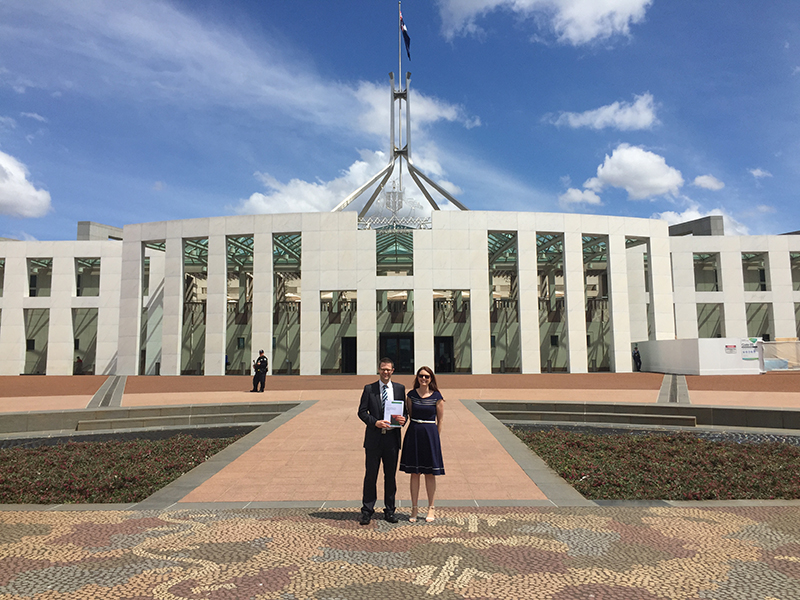Search
Research
The effect of parental logistic support on physical activity in children with, or at risk of, movement difficultiesChildren's perceptions of parents' logistic support for physical activity indirectly and positively predicts children's physical activity levels
Research
Early patterns of functional brain development associated with autism spectrum disorder in tuberous sclerosis complexInfants with Tuberous sclerosis complex demonstrated reduced interhemispheric alpha phase coherence compared to controls at 12 months of age
Research
An investigation of adherence to best practice guidelines for autism diagnosis in New ZealandMany clinicians in New Zealand do not follow guidelines for best practice in autism diagnosis. In this study, we investigated the processes that health professionals in New Zealand follow when diagnosing autistic children and adults. We asked 117 health professionals from a range of services and regions in New Zealand, how they identify and diagnose autism.
Research
Functioning, participation, and quality of life in children with intellectual disability: an observational studyTo investigate associations between functioning, community participation, and quality of life (QoL) and identify whether participation mediates the effects of functioning on QoL.
Research
Prenatal maternal stress associated with ADHD and autistic traits in early childhoodResearch suggests that offspring of mothers who experience high levels of stress during pregnancy are more likely to have problems in neurobehavioral...
Research
Maternal life events during pregnancy and offspring language ability in middle childhoodThere is accumulating evidence for a link between maternal stress during pregnancy and later behavioural and emotional problems in children.
Research
No association between early gastrointestinal problems and autistic-like traits in the general populationNo association between early gastrointestinal problems and autistic-like traits in the general population, determine whether gastrointestinal problems, early...

News & Events
The Kids researchers named as finalists in 2023 Premier’s Science AwardsFive The Kids Research Institute Australia researchers working across diverse and highly impactful areas of child health research have been named as finalists for the 2023 Premier’s Science Awards.

News & Events
Autism Researcher a Finalist for Western Australian of the YearProfessor Andrew Whitehouse has been named a finalist in the 2023 Western Australian of the Year Awards for his work in transforming clinical support for autistic children in Australia.

News & Events
Launch of National Autism GuidelineResearchers from The Kids Research Institute Australia, working with the Autism CRC, have led the development of the National Guideline for the Assessment and Diagnosis of Autism Spectrum Disorder in Australia which was launched today.
